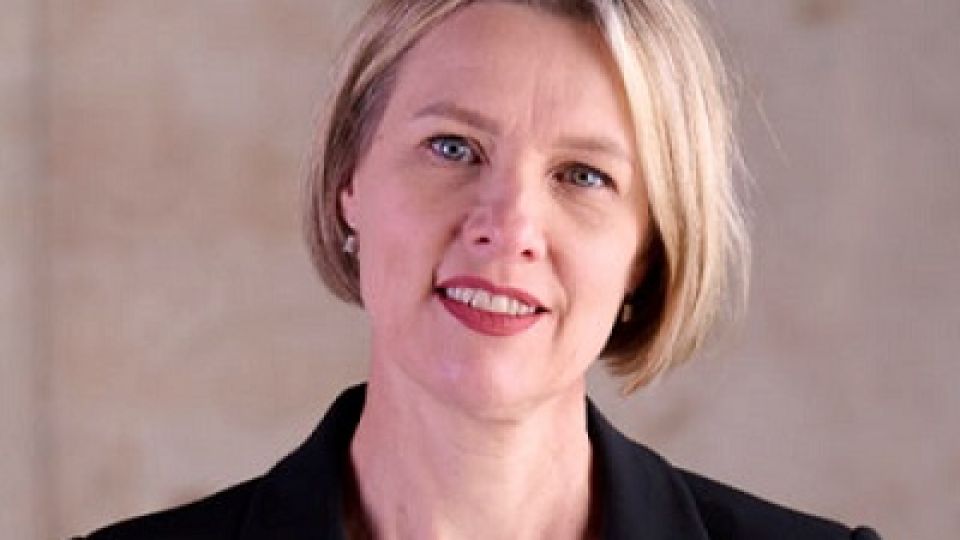JOHANNESBURG, (CAJ News) – THE power of workplace design in creating stimulating, and adaptable high-performance workspaces is a multifaceted journey.
At its core, design is a unifying force, bridging diverse elements to create cohesive, appealing, and functional workspace interiors. The power of design extends beyond aesthetics – it shapes the future of the workplace and brings a substantial return on investment for business, says Deirdre de Bruin, Head of Design for Sub-Saharan Africa at Tétris Design & Build.
Underpinning the power of design is its capacity to solve complex workspace challenges. How can space be used to attract and retain talent? How can it meaningfully cater to the diversity of that talent? How can workspaces be configured to enhance productivity along with job satisfaction? How can workplace design complement and support a business’s unique culture? In other words, what does high-performance workplace design look like?
Workspaces should of course be visually beautiful, but that’s only part of the answer. They also have to be practical in form and function.
Moving beyond the theoretical to implementing design principles that actually work and deliver business value and ROI is a fine balancing act. A compelling example is the Oppenheimer Memorial Trust project in Johannesburg, a space which needed to be reimagined to cater for stakeholder engagement meetings, donor recipient and partner workshops, as well as focus areas for their team members.
For this project, Tétris carefully incorporated the natural lighting of the calming gardens outside the office and combined them with warm soft, warm interior tones. This approach is informed by a deep understanding of how light impacts the human eye, and people’s ability to concentrate and engage in focused work as well as group activities.
Businesses are faced with a kind of analysis paralysis given the sheer volume of differing opinions and perspectives on important topics like managing the post-COVID return to work, hybrid work trends, and the future of work in general. There’s a skill in harnessing credible global insights and contextualising them for the local environment. An example of a workspace with a compelling return-to-work proposition is the Becton Dickinson offices in Woodmead, Johannesburg. The design solution Tétris implemented took direct inspiration from the circular icon on the Becton Dickinson logo.
This geometry was then carried through to wall panels, flooring, and furniture to denote both divisional structure and collaboration to enhance a work culture that is truly people-centred and breaks away from traditionally clinical medical workspaces.
Designing high-performance workspaces successfully blends sustainability best practices with greater personalisation of office environments. Both internationally and here at home, environmentally conscious, multi-use office spaces now include other services and amenities, such as in-house baristas, physiotherapists, parcel delivery, or dry-cleaning services to transform offices into spaces where people want to be.
The design for the Gold Fields executive boardroom, client meeting rooms and shared townhall and entertainment space are a showcase of how a high-performance workspace offers flexibility and adaptability. Beautiful finishes typically found in a hospitality setting create a welcoming atmosphere, while flexible stacking glass walls make it possible to re-purpose different areas depending on the need. In this case, high performance equates to ‘one space, many uses’ with detailing that supports multiple needs in a seamless way.
An exciting trend, which is finally being given the serious consideration it deserves, is designing for neurodiversity. Recognising the variety of personalities, from introverts to extroverts, and their differing experiences of sound, light, texture, and space is vital to unlocking a more meaningful kind of productivity – a kind of productivity that is natural, collaborative and voluntary.
The power of design is manifested in its ability to create inviting, stimulating, and flexible high-performance workspaces. It is a fusion of strategy, collaboration, global insights, and localised design, embodying a belief in creating functional, aesthetically pleasing, and inclusive spaces. By focusing on each of these aspects, it’s possible to deliver design solutions that surpass the ordinary with workspaces that deliver value and tangible results.
– CAJ News

